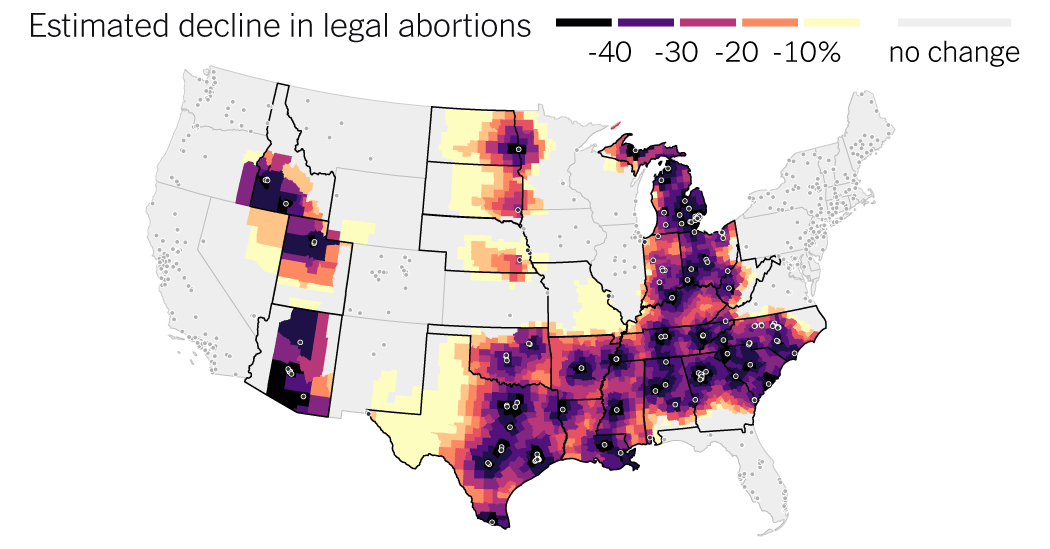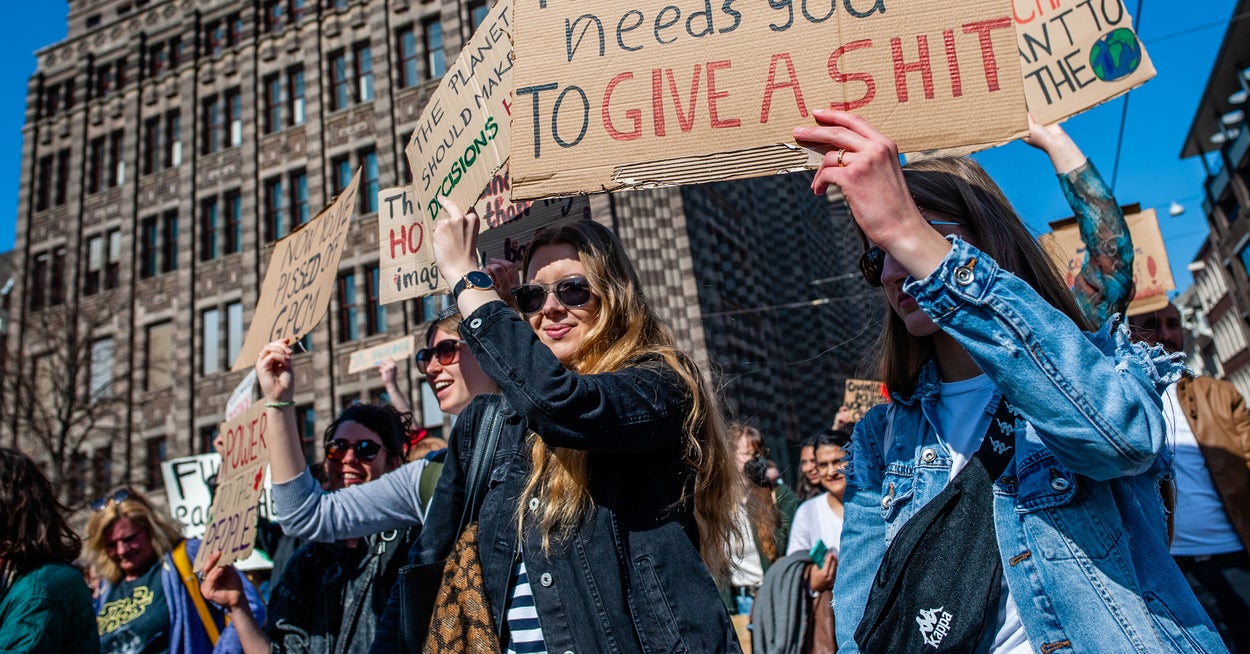
[ad_1]
Elsewhere in the world, mudslides blanketed Japan’s town of Atami in Shizuoka prefecture, entire villages were inundated by torrential downpours in Western Germany, and a wildfire destroyed Canada’s town of Lytton.
Some of these disasters pose real risks of physical harm to children. Take extreme heat and heat waves: Pregnant people, babies, and young adults are all more vulnerable to heat than older kids and more because their bodies aren’t as good at cooling and staying that way. Studies even show that an unborn child’s exposure to extreme heat while in the womb could result in negative health outcomes later, such as lower birth weight.
For older kids, as the number of hot days increases with global warming, they risk greater exposure to the heat in schools without air conditioning and during outdoor activities, like sports.
This latest IPCC assessment also discusses how disasters, both the acute exposure to one and then the longer-term recovery from one, can damage the mental health and well-being of everyone impacted, especially kids.
After major flooding occurred in the United Kingdom in 2000, for instance, researchers tracked the health of people whose homes flooded and did not flood, according to Kristie Ebi of the University of Washington, who helped co-write the report’s chapter on health. “There was a very clear difference in probable anxiety, depression, and post-traumatic stress disorder” between the different groups, she explained.
Headline-spurring disasters, which are growing more frequent and more intense, are perhaps the most obvious signs of how 1.1 degrees Celsius of warming, compared to pre-industrial times, is playing out. But there are far more climate impacts already here, as the new report exhaustively details.
Even before my daughter was born, for example, two species went extinct and climate change played a role: the Golden toad in Costa Rica in 1990, as well as Australia’s Bramble Cay melomys, a type of rodent, in 2016. And a third species got perilously close to extinction: Australia’s lemuroid ringtail possum. And there have been far more local extinctions: Climate-linked local extinctions were detected in 47% of 976 animal and plant species examined.
The impact of climate change on top of existing problems of food availability and high prices can be a “lethal combination for kids,” said Rachel Bezner Kerr of Cornell University, a coauthor on the IPCC chapter on food systems, “especially in low-income countries, especially low-income households, especially in rural areas.”
“So we have one study that showed between 1993 and 2012, increased temperatures were significantly related to children’s wasting in 30 countries in Africa,” she added. Wasting refers to a child that is too thin for their height, according to the World Health Organization.
Malnutrition is already a huge problem in kids in certain developing nations, and that problem will only get bigger in a warmer world if action isn’t specifically taken to avoid that possibility.
How Hot Will It Get In My Daughter’s Lifetime?
When world leaders signed the Paris climate agreement in 2016, they agreed to jointly limit global warming to well below 2 degrees Celsius (about 3.6 degrees Fahrenheit), ideally to 1.5 degrees Celsius.
Now scientists predict that it is “more likely than not” that global average temperatures will pass 1.5 degrees in the coming decades, no matter what. It could happen by 2030, when my daughter is only 10 years old.
That’s why the next few years matter so much. How quickly people cut their greenhouse gas emissions this decade will help dictate how the 1.5-degree threshold is exceeded and what happens next. Will temperatures keep going up or will they start to come back down?
Moreover, what people do now to start adapting to the warming that’s already here and locked in for the future will minimize the damage associated with the crisis.
By 2030, for example, it’s possible that countries will embrace the bold goal of protecting at least 30% of the planet’s land and water. If so, that could have cascading benefits, from keeping some species alive to bolstering natural ecosystems that protect against floods, help suck up carbon dioxide out of the atmosphere, and do much more. And if China transitioned to a half-decarbonized power supply for homes and vehicles by 2030, per the report, the country could expect to prevent 55,000-69,000 deaths in that year.
It’s also possible that urban areas may see their exposure to flooding go up 2.7 times by 2030 compared to 2000, or that an additional 48,000 children under the age of 15 globally may die from diarrhea, or that the number of people living in extreme poverty may An increase by 122 million, or that extreme droughts in the Amazon will accelerate the migration of traditional communities and Indigenous peoples to cities, or that freshwater will be severely limited for some small islands.
By 2040, when my daughter is 20, the glacier on Africa’s tallest mountain, Mt. Kilimanjaro in Tanzania, may be gone.
[ad_2]
Source link


